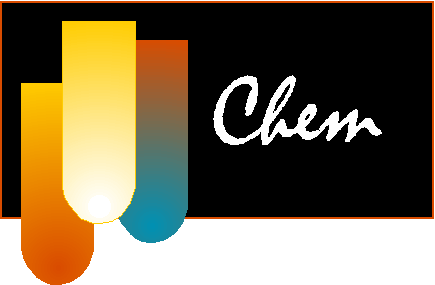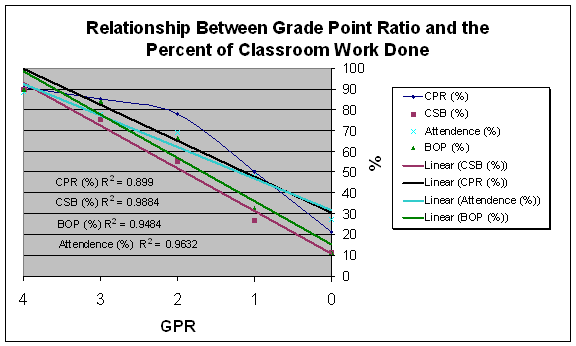and Classroom Work |  |
and Classroom Work |  |
|
For my first in-class quiz, I ask them to take a free version of the Myers-Briggs test, called the Jung Topology Test. This is found HERE.. Every student if they chose takes the quiz, emails me their 4 letters describing their personality, and tells what they thought of the exercise. This serves several purposes: They learn something about themselves, become less frightened about this class, and learn that when they email me, I always email back. I gather the data, which I've been doing for several years, which reminds me of how diverse my students are in their learning styles, which keeps me on my toes for including different teaching styles in my class. This information is shared with my students every semester. I am an INTJ and this helps them understand where I am coming from as well.
Chem 101 SPRING 2005 Normal Pop.: NT = 13% SP = 38% NF = 13% SJ = 38%LEARNING STYLES ACCORDING TO JUNG TOPOLOGY FOR MY CLASS My Class (S04): NT = 18% SP = 6% NF = 22% SJ = 54% My Class (S05): NT = 18% SP = 12% NF = 26% SJ = 44% SP 12% (28) value physical involvement and activity in the learning process, the free-spirited, resourceful person wants entertainment in the process, thrive on verbal and visual approaches, like immediate, short and spontaneous approaches, not usually good team members, may be restless in regular class setting NT 18% (42) are interested in principles and logic, enjoy developing own ideas, technology appeals to you, need constant success experiences, exert constantly escalating standards on self and others, do not enjoy meaningless assignments NF 26% (60) need acceptance, caring and support, enjoy group activities and interactions, prefer cooperation over competition, focus more on people than the abstract, learn best in face-to-face dialogue SJ 44% (102) value responsibility, dependability, conformity, prefer structure in the classroom, like and need organization, need a schedule, want a disciplined authority figure, like materials to be laid out clearly, like factual information, expect teacher to "rule and teach" and expect the students to "follow and learn," want preservation of traditions
 Here are the r2 values between the GPR values and % work done by the students for all the assignments: Calibrated Peer Review writing assignments (CPR), ChemSkillBuilder computerized homework (CSB), and Bonus Opportunity Problems from the textbook (BOPs). The correlation values are at or above 0.90. The highest correlation, 0.99, was found for the homework that required the most tenacity - CSB. However, more interesting questions are:
|